Transcription of How to Conduct a Learning Audit - Will at Work Learning
1 How to Conduct a Learning Audit By Will Thalheimer, PhD. Will Thalheimer, PhD. Introduction I've been conducting Learning audits for over a decade. Over the years, I've learned a ton about what works and what doesn't. I've had a number of great successes and I've made some substantial mistakes as well. I've audited many forms of Learning , including classroom training, elearning, and on-the-job Learning . I've worked with many types of organizations, including huge multinationals, small elearning shops, trade associations, foundations, and universities. In this short report, I will share my lessons learned and provide you with recommendations on how you can Audit your own Learning interventions. What is a Learning Audit ? A Learning Audit is a systematic review of a Learning program to determine the program's strengths and weaknesses with the aim to guide subsequent improvements of that Learning program and/or other Learning programs.
2 Learning audits are conducted in a high-integrity manner to ensure validity and limit bias. Full-scale Learning audits are comprehensive and involve a substantial amount of time and effort. Learning audits can be done more quickly as long as they maintain a high-integrity systematic process. Learning audits can be done on any type of Learning initiative, including classroom training, elearning, mobile Learning , on-the-job Learning , self-initiated Learning , and academic Learning . Why do a Learning Audit ? Why do all the best writers use editors? Why does software development require such exhaustive quality-control reviews? Why do all skyscraper projects require extensive engineering oversight? The answer is obvious. Whenever humans work on complex endeavors whenever there are opportunities for mistakes and blind spots systematic reviews by experienced experts are required.
3 Human Learning is very complex infinitely more complex than rocket science. That is why it's critical that we support our Learning -development efforts with periodic systematic reviews. The need is made greater by the fact that many Learning programs have substantial deficiencies in terms of Learning effectiveness. Almost every Learning intervention can be substantially improved to produce stronger comprehension, enriched motivation, more long-term remembering, better supports for Learning application, and/or an enhanced evaluation approach. 2. Will Thalheimer, PhD. Let me use my own experience as an example. In my Learning audits, I've looked at classroom training programs, elearning programs, and hybrids of the two. I've looked at one-on-one coaching, manager-directed Learning , and Learning in small groups.
4 I've looked at Learning programs that were highly sophisticated and ones that were strictly low budget. I've looked at high-fidelity simulations, video-based case studies, lectures, and textbooks as well. Here's the point: No matter what Learning program I've examined, all of them had strengths and weaknesses. Yet each could have been significantly improved with some relatively simple and inexpensive design changes! Learning programs can be deficient for a number of reasons. Here's a short list: 1. Decision-making stakeholders request poor Learning -design methods. 2. Resources are not available to produce more effective designs. 3. Project timelines do not enable more effective designs. 4. Learning designers are unaware of better Learning methods. 5. Learning designers are blind to opportunities for improvement.
5 6. Legacy designs compel reuse of poor Learning methods. 7. Poor needs assessments skew content to wrong topics. 8. Poor media choices limit motivation and Learning impact. 9. Adherence to rigid instructional-design rules hurts Learning . By doing a Learning Audit , deficiencies will be uncovered that can be targeted for improvement. Sometimes these improvements can be made by the Learning -design team itself. Other times the Learning Audit gives us the ammunition to convince stakeholders of the possibility and importance of making Learning -design improvements. 3. Will Thalheimer, PhD. Be Careful! Which Standard Should You Use? You wouldn't evaluate the engineering integrity of a modern skyscraper using criteria developed by a high-school study group, nor would you use a 1947 nurses manual to set guidelines for today's sophisticated nursing tasks.
6 It's the same with a Learning Audit . The key is to start with a valid set of standards. While it might be tempting to rely on our common sense in developing standards, too often our common sense in the Learning field leads us astray. Until recently, all the following were deemed to be simple common sense in the Learning field. Yet, for each of the following, common sense was shown to be dead wrong: 1. Training should be designed to handle different Learning styles. 1. 2. Feedback should always be delivered immediately. 2. 3. Learners can be trusted to make good Learning decisions. 3. 4. Smile sheet results are strongly correlated with Learning results. 4. 5. Massed practice is more effective than spaced practice. 5. 6. eLearning is more cost effective than classroom training. 6. Fortunately, over the past several decades, Learning researchers have codified an array of factors that enable Learning to be effective.
7 These can be found in the Decisive Dozen, in the principles set out in the Serious eLearning Manifesto, and in books like Make It Stick: The Science of Successful Learning . While research, too, can have blind spots, it gives us our best benchmark as long as it is compiled with practical wisdom. Here are just a few of the many things our Learning audits ought to assess: 1. Whether the Learning program supports remembering utilizing such Learning methods as realistic practice, spacing of repetitions over time, and setting situation-action triggers. 2. Whether the Learning program propels learners to be motivated to apply what they've learned. 3. Whether learners have sufficient after- Learning support and resources to enable them to be successful in applying what they've learned. 4. Whether the Learning program provides prompting mechanisms like job aids.
8 To support learners later in their performance situations. 5. Whether the Learning program provides sufficient measurements to enable course developers to get feedback and make improvements. 1. (Pashler, McDaniel, Rohrer, & Bjork, 2008). 2. (Thalheimer, 2008a, 2008b). 3. (Kirschner & van Merri nboer, 2013). 4. (Alliger, Tannenbaum, Bennett, Traver, & Shotland, 1997; Sitzmann, Brown, Casper, Ely, & Zimmerman, 2008). 5. (Carpenter, Cepeda, Rohrer, Kang, & Pashler, 2012). 6. (Salas, Tannenbaum, Kraiger, & Smith-Jentsch, 2012). 4. Will Thalheimer, PhD. Examining Inputs and/or Outputs Learning audits can target the inputs and/or outputs of a Learning program. The inputs are the factors baked into a Learning program's design and delivery. The outputs are the results obtained from deploying the Learning program to learners.
9 The following chart lists some common inputs and outputs: Examples of Inputs Examples of Outputs Number of learners served Learner responses on smile sheets Timing of Learning delivery Learner scores on final tests Support for comprehension Learner performance on case studies Support for remembering Subsequent learner job performance Support for motivation Subsequent team performance Support for after- Learning application Subsequent business results The most comprehensive Learning audits will examine both inputs and outputs. For inputs, a full Learning Audit will research-benchmark the program, comparing its instructional design approaches to research-based best practices. In addition to auditing fully-developed programs, we can also Audit designs and prototypes. For outputs, the most comprehensive Learning audits will examine (1) comprehension gains due to the Learning program, (2) decision-making competence, (3) level of remembering, (4) amount of actual performance improvement, (5) the strengths and weaknesses of the Learning -measurement system, and (6) the Learning program's fit with the organization's business models.
10 Of course, such fully comprehensive audits are costly and time consuming. More importantly, depending on your goals for your Audit , it is very unlikely that you will need to be so comprehensive. Indeed, I have never been asked to Conduct a Learning Audit comprised of all the assessments that might be done. The advantage to research benchmarking on the input side of the ledger is that the focus is on design elements that are modifiable and which can be targeted for improvement. The advantage to doing an evaluation study on the outputs if these evaluations are well done is that we are able to examine the Learning program's actual results. Ideally, an Audit that examines both inputs and outputs will connect the dots between the output results and the input design elements. For example, the Audit might point out that the after-training decline in decision-making competence (as measured at the one-month mark) is probably due to the Learning program's lack of support for remembering or, more specifically, that the program didn't provide enough realistic decision-making practice spaced over time.
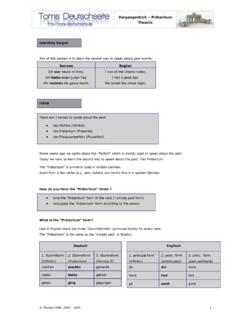
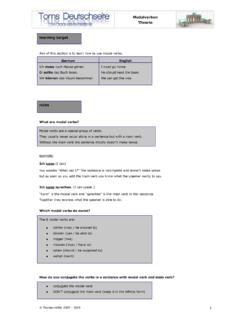
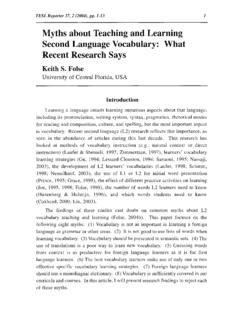
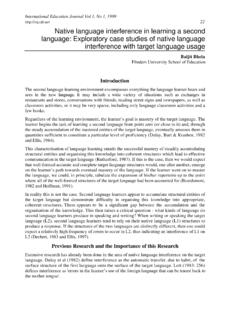
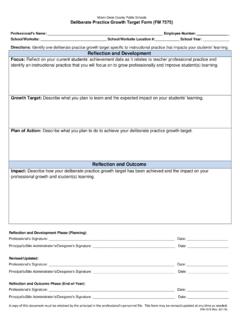
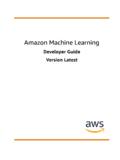

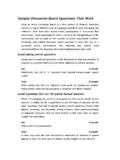
![arXiv:1509.02971v5 [cs.LG] 29 Feb 2016](/cache/preview/d/6/2/8/f/c/2/a/thumb-d628fc2ab6d36d886194857d536ae9a7.jpg)